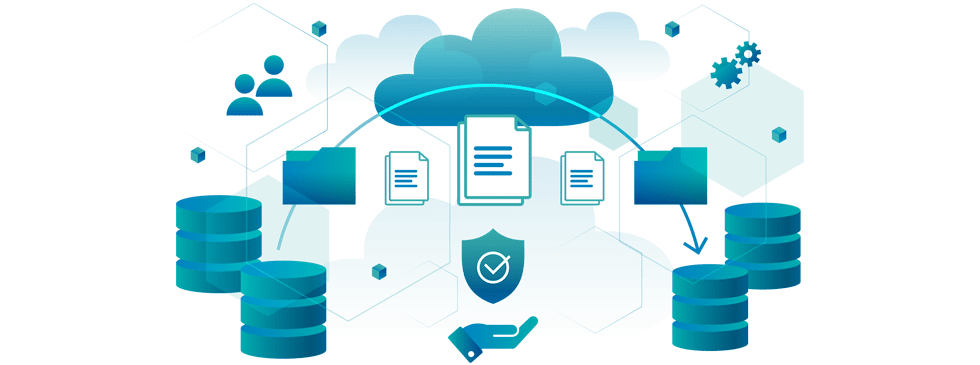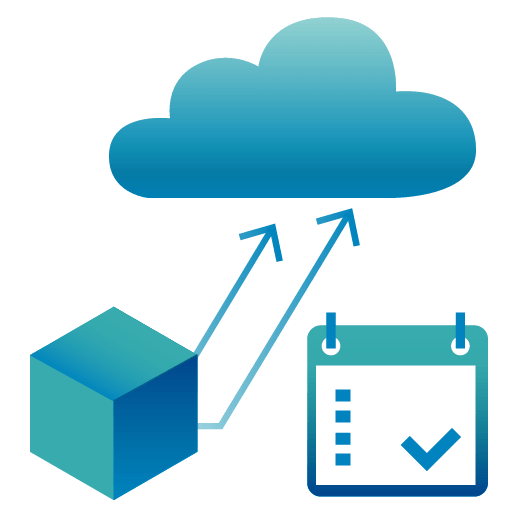Unlock your business with open source databases while lowering licensing costs with copebit

AWS is a favored choice for companies wanting to shift their current IT infrastructure to the public cloud. Many organizations operate various workloads that involve commercial database engines in their ecosystem, leading to substantial licensing expenses and a lock-in situation for legacy platforms. copebit, as an AWS advanced consulting partner, has assisted numerous companies in migrating to comparable commercial-grade open-source database engines like MySQL or PostgreSQL, thereby lowering licensing expenses and increasing flexibility.
Furthermore, copebit has access to an Amazon Database Migration Accelerator (DMA), an initiative to help such organizations to take advantage of these open-source products. The DMA program is designed to modernize existing workloads and migrate them to Amazon Web Services’ open-source database portfolio in a structured, planned, and efficient manner. In addition, this program provides financial incentives to qualifying AWS partners, including copebit and its clients, to facilitate database modernization migrations. The DMA solution comprises a total of twelve steps that are separated into four different phases. Access to a rich toolset will help to automate migration, conversion, and testing.
Migration Strategy
In the migration strategy phase, copebit conducts an assessment of the present architecture of a particular workload, which comprises not only the databases but also the applications they are linked with and any other dependencies. Moreover, the future state architecture is defined and assessed. This will determine what application and dependency modernization or adjustments are needed. This stage guarantees that all crucial details are collected, and the overall future architecture of the workload is established for moving forward to the implementation planning phase.

Implementation Planning
Part of the implementation planning phase is to create migration scope effort estimations, based on the future state architecture. Furthermore, a migration design implementation plan will be established which contains data migration mechanisms. Lastly, the production deployment plan covers topics such as security, testing approach, production cutover, and an end-to-end project plan. With the information of the migration strategy and implementation planning phase, everything is covered to move to the actual implementation phase which is based on the collected information.
Implementation
Once future state architecture and planning is clear, the foundation for the actual implementation phase is set. Most of the twelve steps are executed within this phase. The implementation phase contains the following steps:
- Schema conversion of the source and target database
- Application conversion, remediation, and migration
- Data synchronization, migration, and comparison
- Database conversion testing
- Performance testing
- Production cutover
copebit has access to a sophisticated toolset to assess, synchronize, compare, and test existing architecture (present) with target architecture (future). Once the workload is in production, the post production support phase takes place.
Post Production Support
Once the workloads are in production, the post production support phase will ensure documentation and knowledge transfer takes place. In addition, training is provided and any handover to the customer operations team is conducted. Any project management related tasks to close the project are included in this phase as well, such as lessons learned or start of the next workload migration.
